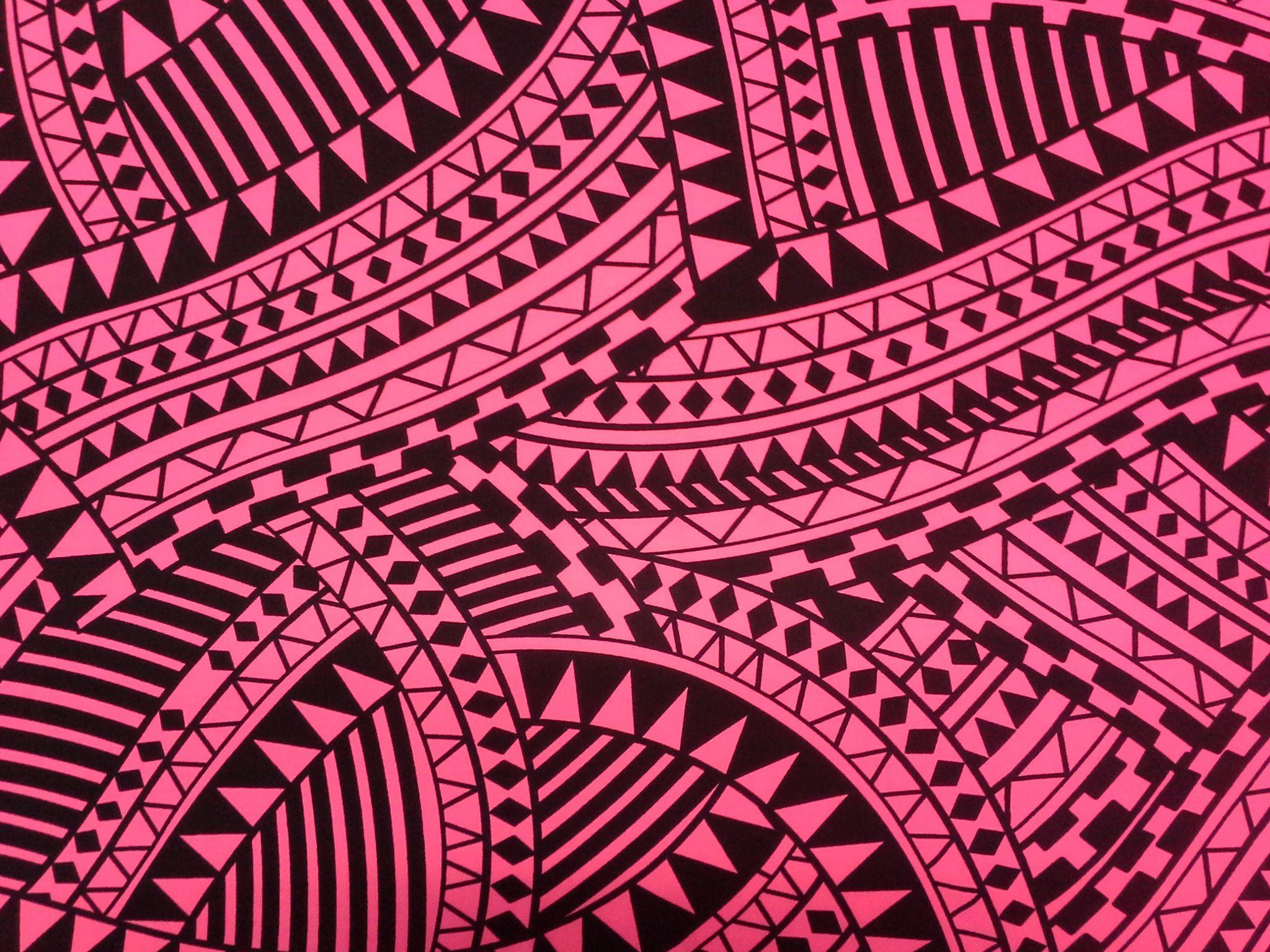Table Of Content
- Foiling Awards 2024: Celebrating Excellence in Innovation
- Architect-designed furniture
- Incorporate Traditional Textile Colors
- CPDI Africa Studio
- Aesthetics & Form
- EP 4: Branding ‘Made in Africa’ luxury with Thebe Ikalafeng
- Customizing Patterns for Your Brand
- EP 1: Curating an authentically African art story with Ruzy Rusike
Set elements of nature in the logo will be a characteristic that is no less interesting, especially if the natural element is related to your brand identity. While you use basic colors like black, white, or gray, other brands around you use colors that stand out. And no less important is the choice of color, and we emphasize again here that your brand color will determine how good the sales and growth trends are because the color will provoke people's eyes to see the logo from the start. Maybe before you put more emphasis on the value of simplicity, but for the African logo, the one with lots of ornaments will be the main choice. African people like the philosophy adopted from the brand, even though it's over-designed. In addition, you are actually very likely to follow designs owned by competitors and the same industry.
Foiling Awards 2024: Celebrating Excellence in Innovation
She is known for her socially responsible approaches to architecture, design, and urbanism. A striking example of that is Rebuilding Ngarannam, a project in partnership with the United Nations Development Programme (UNDP). Currently in progress, this initiative is building an entirely new community in northern Nigeria for a village displaced by the terrorist group Boko Haram. The continent of Africa presents a great challenge and opportunity for sustainable development in the coming decades as described in the UN Sustainable Development Goals (SDGs). The Design Society and its members have a strong commitment to sustainable design but Society membership from is African countries is very limited.
Architect-designed furniture
There are 7 types of logos that you can include in your African Design; there is a Monogram logo, which contains letters, Wordmarks, or logoTypes, then there are also Pictorial Marks and Abstract Logo Marks. What’s important here and you should always be able to apply in designing your logo is how you conceptualize the type, color, and shape of the logo. Apart from making your logo have its own uniqueness, it will also make, in the end, convey the feeling of the target to choose one in one sector. These insights mean that you first process consumer requests and know what matters and is important for most of them. With considerations like this, there will be brand stories that are connected and become a brand identity as well. By designing your popular African design, the focus there is to clearly communicate to your audience your value and make sure that it matches what they expect.
Incorporate Traditional Textile Colors
School Design in Africa: Issues and Challenges for 21st Century Learning - University of Birmingham
School Design in Africa: Issues and Challenges for 21st Century Learning.
Posted: Fri, 23 Feb 2024 00:56:46 GMT [source]
Chrissa Amuah was born and raised in London with a heritage that includes Ghana, Togo and Benin. The studio creates homewares and products inspired by traditional Ghanaian Adinkra symbols, which are both decorative and symbolic. Tailoring a traditional pattern to fit your brand’s unique identity can be a game-changer. This might involve altering the scale, color, or form of a pattern to better align with your brand’s personality. For example, if your brand is all about innovation, you could take a traditional pattern and give it a modern twist, using digital effects or unconventional color schemes. This custom approach results in a logo that is both distinctive and deeply rooted in African culture.
And if you have previously determined the main color to be included in the design, now it's your turn to choose the secondary color to accompany the main color, so it doesn't look boring and ordinary in terms of usage. We have also collected some amazing preferences for the Africa logo, which of course, can only be an inspiration for you. And uniquely again, the African logo has a distinctive design and is attractive. Just like anything else, African logo design will be useful for you to show off your brand's personality. With a professional designer, you will also get maximum design results, and this will not disappoint you. Born in Port Elizabeth in 1986, Laduma Ngxokolo founded the brand Maxhosa Africa in 2011.
Aesthetics & Form
Contemporary artists like AAKS maintain the traditional legacy of weaving using raffia to create modern handbags and lighting. Her designs and fabrics grace major design salons, from Paris to Johannesburg and New York. In summary, choosing colors for an African logo design is an exciting and meaningful process.

EP 4: Branding ‘Made in Africa’ luxury with Thebe Ikalafeng
They are often used as background elements, borders, or even as the primary focus of the logo. The complexity of these patterns can communicate a sense of history and authenticity, making the logo stand out. African cultures are steeped in symbolism, with each symbol telling a story or representing a specific idea.
Integrating these symbols into logos not only adds a layer of depth but also communicates complex ideas in a simple, visual form. While often overlooked, typography is a critical element in African logo design. Designers might opt for fonts that mimic traditional African handwriting styles or choose modern fonts that have been modified to include African-inspired elements. The key is to use typography that complements the logo’s imagery and enhances its cultural essence. AFRICA ON LUXURY Podcast chronicles the history of African Luxury, explores cultural centres across the continent and connect with tastemakers. In a conversation with Dezeen, Jomo emphasized the immense cultural impact of “Black Panther” and how it elevates the visibility of black designers in the design world.

EP 1: Curating an authentically African art story with Ruzy Rusike
To facilitate communication among registered members to the network and workshop participants, the LinkedIn AFRICA-DESIGN Group has been created. Amuah, who also runs London-based studio AMWA Designs, established Africa by Design to give the design talent in the region "the respect that it is due". One of the workshops by Africa -Design is looking to provide a platform for students’ submissions to showcase their ideas to receive potential advice and mentorship from experts or other parties. Consultations give the parties an opportunity to discuss the matter and to find a satisfactory solution without proceeding further with litigation. After 60 days, if consultations have failed to resolve the dispute, the complainant may request adjudication by a panel.
Emergence of African design has a way back to its origin of cave paintings and carvings. And the first of any was found in the Apollo 11 cave in Namibia, which dated back to around 23,000 BCE. Human beings through ages have been much interested in art and it evolved through paintings and carvings which started in caves and was brought to refinement through emergence of culture and identity. African Style of art and design also evolved through its evolution of culture and shaped into its own unique Identity.
It's a fusion of symbolism, vibrant colors, intricate patterns, thoughtful typography, and storytelling. These elements work together to create logos that are not only visually stunning but also deeply meaningful. They connect brands to their heritage and resonate with audiences on a deeper level, making African logo design a unique and powerful tool in the world of branding. When we talk about African logo design, we're exploring a realm where vibrant colors meet intricate patterns, and where each symbol holds a deeper meaning.
Nabaneeta is a Researcher in the field of Building Adaptation to climate change, working on assessment of carbon footprint and carbon emissions. A highly motivated individual to express and create consciousness amongst everyone for climate change. She is also a very enthusiastic individual to grow and learn and incorporate different ideas on a variety of subjects. Don't miss out, sign up to the TDE newsletter – the best of collectible design straight to your inbox, every fortnight. Equally, venues like the Palais de Lomé are needed to stimulate a passion for design locally through staging exhibitions like the one on Aguessy. A standout piece is the Asanka coffee table, with a jesmonite bowl inspired by West African Asanka clay bowls used for grinding food.
Despite their diverse backgrounds and areas of expertise, African designers draw inspiration from their roots and utilize traditional materials, motifs, and techniques in their creations. Their work reflects a deep respect for African heritage while also pushing the boundaries of contemporary design. The initiative builds on the mutual learning opportunities in the challenges that we all share. Founded by Nifemi Marcus-Bello, it explores resourceful ways of creating contemporary objects using locally available skills and materials. Design is playing an important role as African designers move on from externally imposed definitions of the colonial era and redefine African design on their own terms.
The patterns throughout the rest of the space were influenced by various Zulu patterns, Ndebele mural art, Adinkra, Kente and Kuba cloth designs, Shona wooden art, and other African artifacts. Many people will be familiar with Kéré, as the designer of last year's Serpentine Pavilion. But this architect, who grew up in a small town in Burkina Faso, has also completed a range of other acclaimed projects, including numerous schools in his home country.
After rounds of feedback, I needed to find something more pan-African, and that’s when the Zulu and Xhosa necklace emerged. That necklace is really a symbol of leadership that can be recognised as one of the most iconic necklaces in South African culture”. The creative has gone on to curate the visual language for the Obama Foundation Africa Leaders program for 2018 and 2019; from the program logo, to the swag and to the banners on the walls throughout the space.

No comments:
Post a Comment